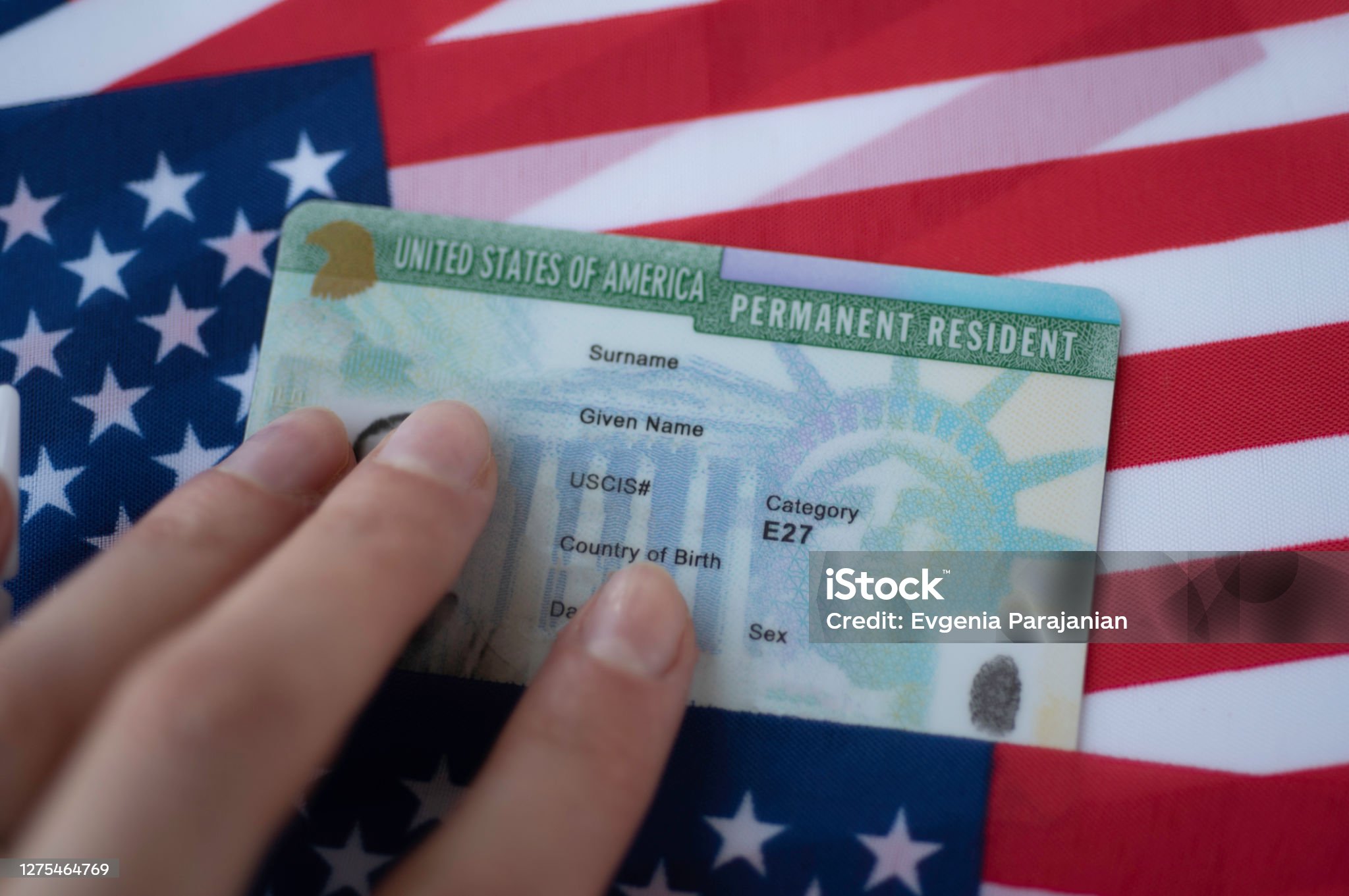
1. Introduction to Personal Identification Documents
Personal identification documents hold great importance from both personal and social perspectives. Serving as "permissions" and "access tools," these documents ensure smooth societal operations. There are different kinds of identification documents, each serving a specific purpose. Take, for instance, a copyright, which authorizes one to operate a vehicle, and a copyright, which acts as proof of citizenship and permits border crossings. These documents are the most useful from a personal point of view and play a crucial role in the transaction of contracts, for example, when applying for a job, accessing services, purchasing insurance, or renting a vehicle. Many times, financial institutions might wish to view such documentation if the borrower appears unreliable or does not have a very strong credit history. These documents function as both identity verification and legal authorization to operate financially or otherwise.

Historically, identification documents did not hold as much importance in daily affairs as they do today. The importance of these documents has grown alongside changes in security measures and legal requirements. Advances in information technology allow organizations to create highly secure systems that surpass the ID technologies accessible to the public. Many countries are in the process of standardizing their IDs with biometric technology. Some already utilize electronic exit systems.
A person's identification documents are "proof" that signifies the legal status of an individual. Globally recognized identification forms, such as passports, copyright, copyright, and driver's licenses, are considered valid at both national and international levels. People often keep these important identification papers safely secured so that they can retrieve them easily when necessary.
This discussion focuses on the importance and legitimacy of documents like the IDP, Real ID, copyright, copyright, copyright, and resident permits to raise awareness about their significance. Educational staff and the general public need to be informed about these documents, and this knowledge could help prevent their loss or aid in their recovery. This information is intended for both domestic and international readers to ensure they do not miss the most important documents they need for their own knowledge and ideals.
2. Laws and Regulations Pertaining to Identification Documents

Identification documents fall under different laws and regulations depending on the jurisdiction. These documents are given to individuals by issuing authorities following rules to ensure accuracy and authenticity. In some cases, identification documents may be required, but in other instances, they are used as optional verification or validation. The individual is obligated to adhere to the regulations of the jurisdiction where the document will be utilized. In conclusion, individuals should familiarize themselves with the local legal requirements in any jurisdiction where they intend to use such documents or perform transactions. Primarily, state and local governmental agencies oversee the issuance, regulation, and restrictions tied to these documents for specific transactional use.
The varying requirements of each jurisdiction and reasons for identification documents, may clash with the necessity for international travel and business operations. Thus, it is a widespread issue when travelers feel disconnected and confused when traveling internationally and encountering different identification document regulations. While it is impractical to list the identification rules for every country here, it is crucial to recognize that with almost 200 nations and billions of people interacting, understanding the rules is important for global travel and commerce. By not following the rules, individuals may find themselves in conflict with another country’s laws, and that is where the rules of reciprocity and international legality come into play. Noncompliance can have civil and possibly criminal legal implications as it violates laws, including laws about identity, privacy, trade, commerce, and human rights.
The balancing of public policies with protected rights can be complicated when establishing security standards for identification in travel. In some cases, human rights can come into conflict with public security measures regarding the most secure identification rules needed to combat terrorism. Finally, within the last five years, with the rise and acceptance of digital mobile driver's licenses, countries have been clarifying or drafting new laws and regulations to govern their use, which remains an evolving area. The next frontier for global travel is believed to be the use of digital identification for global travel. Even with the world moving toward mobile driver licenses, there will still be a need for a copyright, it seems, for some time into the future.

The standard and evolution of mobile driver licenses and digital ID are also undergoing rapid change. For example, nearly two years after California's law on mobile copyright requirements, stakeholders are set to finalize regulations for the first official state mobile driver’s license.
3. A Comparison of International Driver’s License, Real ID, copyright, copyright, copyright, and Resident Permit
An International Driver’s License is an identification produced for people who are driving internationally. Neither the United Nations nor the International Non-Governmental Organization designed the International Driver’s License for the purpose of traveling between states.
The Real ID is primarily used as an ID for boarding domestic flights, in line with state driver’s licenses and ID cards that meet national criteria. In addition to domestic travel, the Real ID grants access to federal facilities and nuclear power plants. However, the Real ID is not a travel document, copyright, visa, or resident permit. Even though some individuals may use the Real ID abroad for personal identification or date of birth purposes, its main function is for domestic use.
More specifically, passports in the U.S. are considered a primary form of identification, not a derived one. Passports were developed to ensure citizen safety abroad and aid in travel for diplomatic reasons, treaty negotiations, or international matters of concern. This is the copyright’s formal and administrative role. The copyright also has, naturally, additional bureaucratic and personal uses. In order to travel abroad, especially across state borders, but in some states inter-regionally, the traveler is required to not only hold a copyright but also fulfill additional conditions.
copyright are records issued at birth that serve as the basis for acquiring passports and other identification documents. When comparing the two, copyright and passports may seem to have the same general function. That said, a copyright provides extended functions beyond its initial use. Also, even if used to obtain a copyright, a copyright cannot lead to obtaining a “second copyright”. It is irrelevant to the second copyright unless the traveler intends to pursue an unlawful second nationality.
4. Security Features and Anti-Fraud Measures in Identification Documents
Various security features guard against counterfeiting, alteration, tampering, and fraudulent use. For example, many ID cards and documents include advanced features like holograms, layered images, and laser-etched designs. Other cards may feature RFID chips that store digital images and biometric data.
A number of these security components remain covert or semi-covert, including elements like special inks, watermarks, or microscopic text. Such security features are put in place to make ID documents extremely hard to copyright or alter.

In general, the level of security of an copyright must align with the degree of trust needed for its use. copyright security features, for example, need not be as robust as those on a copyright, since the copyright is used for travel and the copyright is used mainly domestically.
Technological progress has enabled the development of Real ID increasingly complex security features for identification cards. Actively promoting and adopting new security technologies is crucial to staying ahead of those attempting to copyright or commit fraud with ID documents.
Moreover, it is also important to regularly review both current and future security elements and issuance procedures. This evaluation helps ensure that identification security keeps up with emerging threats and advancements that might compromise the document's integrity.
Furthermore, an effective anti-fraud document security program needs to employ both proactive and reactive strategies. Proactive measures can include workshops, public service announcements, educational outreach, and security conferences.
5. Final Thoughts and Emerging Trends in Identification Document Technology
This document provides a global overview of various types of identification documents across different countries. Identification documents should be understood not only in terms of technical aspects like security features but also through the legal frameworks supporting their use in courtrooms.
My research highlights varying perspectives on what constitutes a strong identification document and how its value as a verification tool changes depending on where it’s utilized. It would also be interesting to use ethnography to show that what a good document might be according to the country of origin could be very different. Comparison studies also reveal that legitimacy standards for identification documents can vary across nations with similar socio-political and economic structures.
The future of identification documents is being shaped by cutting-edge technological advancements. Digital technology is consistently improving the security and service potential of secure documents like electronic IDs (eIDs), in line with the widespread use of mobile devices. Key developments in this technological shift are the integration of biometrics and blockchain as distributed ledger technologies.
Biometrics and its “liveness” function will collect the necessary biometric data during the direct correspondence between the person and the enrolling or verification authority, increasing the level of trust in the correct identity, excluding digital diversion of identity. It will go beyond our basic human rights recognized by international law and several constitutions. Access to this biometric data needs to remain highly private and governed by the individual’s consent.

Digital identity systems may cause exclusion concerns, particularly for those who lack easy access to them. Not everyone is able to easily obtain a digital identity. Some already speak of an “identity gap” widened by technology, which creates disparities in access to identity verification needed for participation in various societal sectors.
There should be more detailed comparisons between digital identity systems and physical IDs. Besides verifying identities, digital identity systems also play a role in evaluating risk for a range of transactions. There should be more systematic research to see how offline verification rights can be applied in the context of digital identification systems.